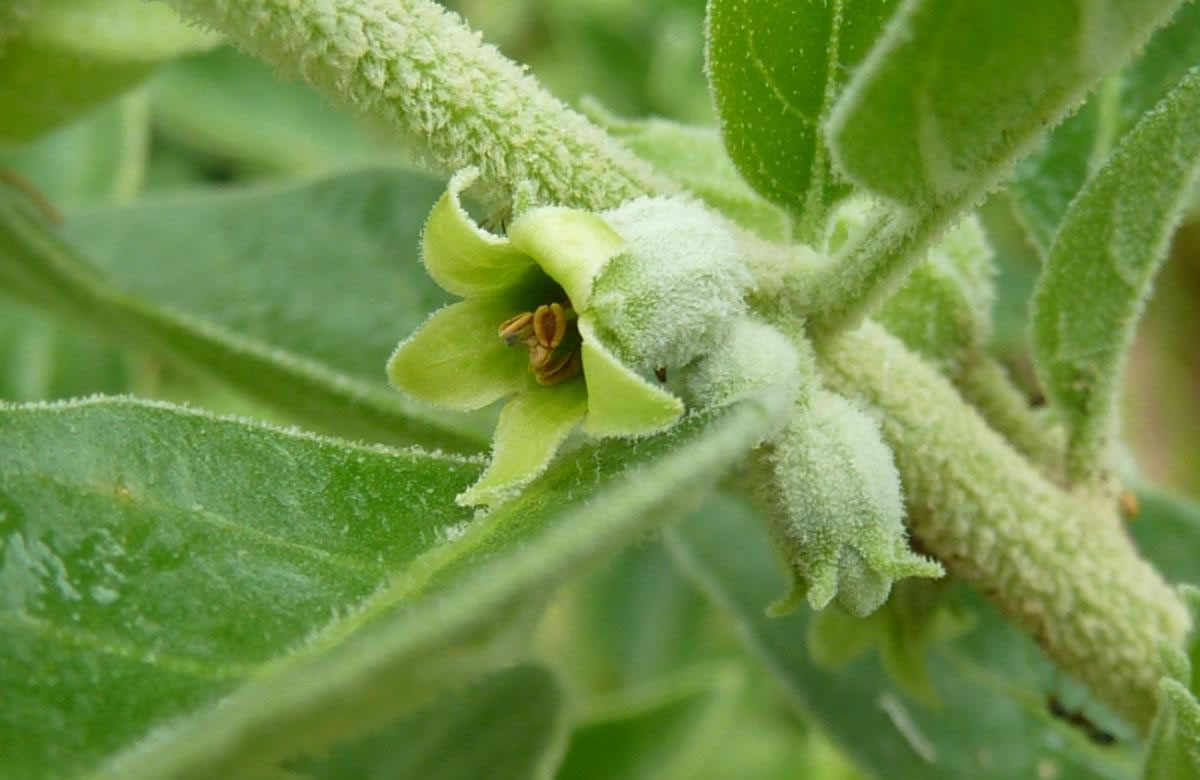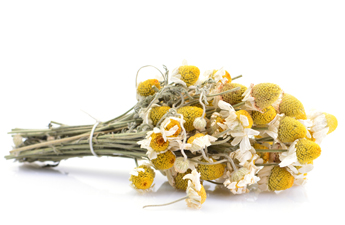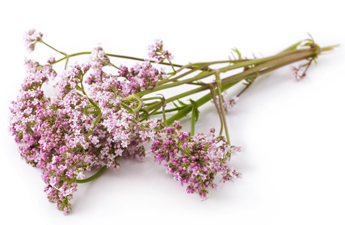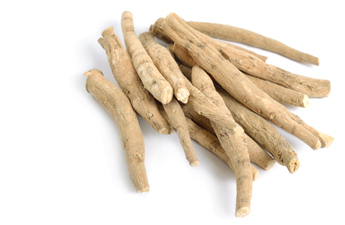By Stephanie Barlow
01/2016
Ashwagandha, also known as withania somnifera, is a herb with a long history of use in the traditional medicine system of India – Ayurveda.
Traditional uses are wide and varied, however its reputation as an effective and safe way to generally increase health and wellbeing, increase libido and immune function, and decrease stress is making it one of the best-known Ayurvedic herbs in the West. Its growing popularity has lead to a rapid increase in use both by trained herbalists and through self-medication, making a scientific assessment of its efficacy and safety highly relevant.
A number of scientific trials over the last few years are showing clinical evidence for many of its traditional and current uses.
Traditionally within the Ayurvedic system, ashwagandha is classified as a rasayana: a class of herbal medicines that is used to improve both mental and physical strength as well as resilience, including boosting immune function, mood and longevity (Bhattacharya et. al., 2000, p.463).
It has been used for many conditions, including debility, infertility, emaciation, impotence and stress related conditions (Bone & Mills, 2000, p.595). Daley (2009, p.38-39) argues that these uses mean it can be classified as an adaptogen, a class of herbs considered to improve the body’s ability to deal with physical and emotional stressors. This is the context in which it is most often used in modern herbal practice (Daley, 2009, p.39).
Although it seems to have a significant cross-over with ginseng as a tonic that boosts immunity, longevity and sexual function, there is a unique difference that makes it particularly relevant to today’s hyperactive world: whereas ginseng is stimulating, ashwagandha is relaxing and mildly sedating (Mills and Bone, 2000, p.596). This means that it is specifically indicated in people who are both exhausted and overstimulated, where general stress and nervous/adrenal overstimulation is seen in combination with adrenal, immunological or sexual debility.
In a 2015 pilot clinical trial, Dongre, Langade and Bhattacharyya showed that ashwagandha is clinically effective in improving female sexual function. Their findings were that after eight weeks of using ashwagandha extract there was significant improvement in arousal, lubrication, orgasm, satisfaction and number of sexual encounters (Dongre et. al., 2015).
Mahdi, Shukla, Kaleem et al. (2011) conducted a trial investigating the role that ashwagandha can play in male infertility. They found that not only did the ashwagandha have a significant effect in improving male fertility, but also in reducing stress in the trial’s participants. Although the herbal treatment improved sperm count, sperm mobility and semen liquidation rate in all three groups of men (normal fertility, cigarette smokers and those under stress), the greatest improvement was seen by those participants who were suffering from low fertility due to psychological stress (Mahdi et. al., 2011). This confirms ashwagandha’s use in debility combined with overstimulation.
A number of animal studies have demonstrated this herb’s antistress, adaptogenic and immunomodulatory activity (Barnes et. al., 2012, p.298). For example, Bhattacharya et. al. (2000) conducted a study on rats investigating the anti-anxiety and anti-depressive effects of the bioactive glyco withanolides extracted from ashwagandha root. They concluded that the extract showed positive effects on both anxiety and depression in rats, and that it is likely, when also considering the traditional uses, that ashwagandha is a highly relevant herb for treating anxiety, depression and other mood-related disorders (Bhattacharya et. al., 2000, p.464-466).
Other clinical studies also show promising anti-tumour and chemotherapy-supportive effects; Satelli and Li (2011, p.3041) claim that withaferin (a chemical in ashwagandha) can cause death of cancer cells and shows the potential for preventing metastasis of cancer cells. Although this is encouraging, further research is necessary before ashwagandha can be ethically promoted as a cancer treatment.
As we have seen, a range of recent clinical trials and animal studies are providing scientific evidence for many of the things traditional Ayurvedic herbalists have known for thousands of years. Of special interest to the clinical herbalist is the scientific support for the use of ashwagandha to increase female sexual function, to increase male fertility, and to reduce stress, anxiety and depression, without overstimulating our already overworked nervous systems. This powerful herb has even shown early indications of being useful in cancer treatment, and warrants further research.
Happy Herb Shops carries Ashwagandha in powdered herb form–great for adding to drinks, smoothies or capsules, as well as a spagyric, great for on-the-go use!
REFERENCES
Ahmad, M. K., Mahdi, A. A., Shukla, K. K., et al. (2011). Withania somnifera Improves Semen Quality in Stress-Related Male Fertility. Evidence-Based Complementary and Alternative Medicine, 1, 1-9. http://dx.doi:10.1093/ecam/nep138
Bhattacharya, S.K, Battacharya, A., Ghosal, S., & Sairam, K. (2000). Anxiolytic-antideperssant activity of Withania somnifera glycowithanolides: an experimental study. Phytomedicine, 7(6), 463-469. http://www.ncbi.nlm.nih.gov/pubmed/11194174
Barnes, J., Gibbons, S., Heinrich, M., & Williamson, E. M. (2012). Fundamentals of Pharmacognosy and Phytotherapy (2nd Edition). London: Elsevier.
Bone, K. & Mills, S. (2000). Phytotherapy: Modern herbal medicine. Sydney: Churchill Livingstone. Daley, J. (2009). Adaptogens. Complementary Medicine, 1, 36-40.
Dongre, S., Deepak, L., and Bhattacharyya, B. (2015). Efficacy and Safety of Ashwagandha (Withania somnifera) Root Extract in Improving Sexual Function in Women: A Pilot Study. BioMed Research International, 1, 1-9. http://dx.doi.org/10.1155/2015/284154
Satelli, A., & Li, S. (2011). Vimentin in cancer and its potential as a molecular target for cancer therapy. Cellular and Molecular Life Sciences, 68(18), 3033-46. http://www.ncbi.nlm.nih.gov/pmc/articles/PMC3162105/
Image: by JMK (Own work) CC BY-SA 3.0 via Wikimedia Commons




 Nextwave
Nextwave

